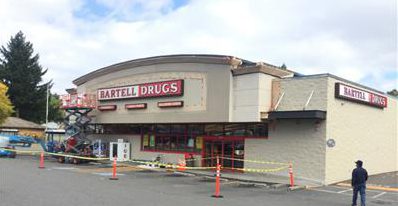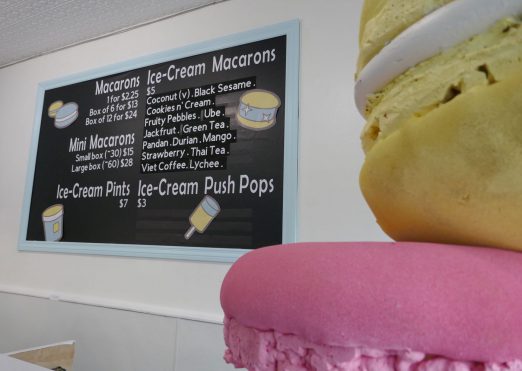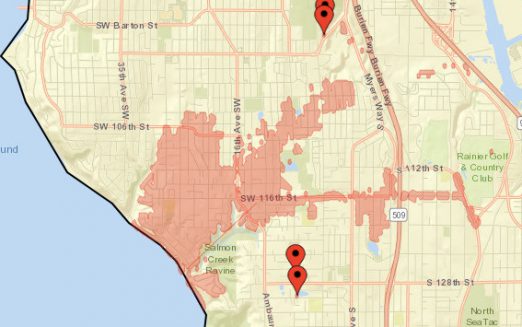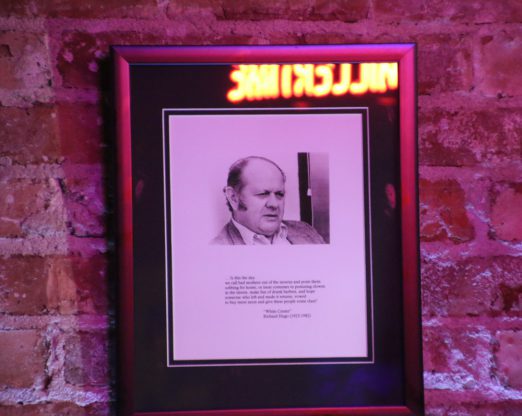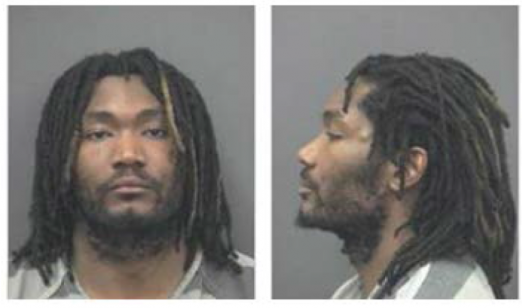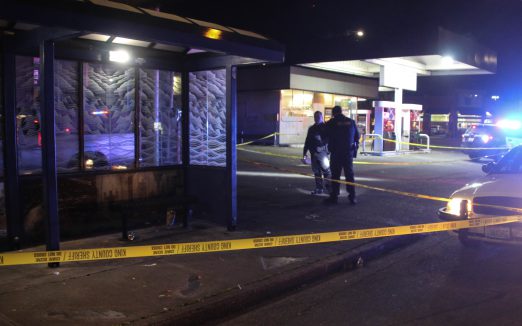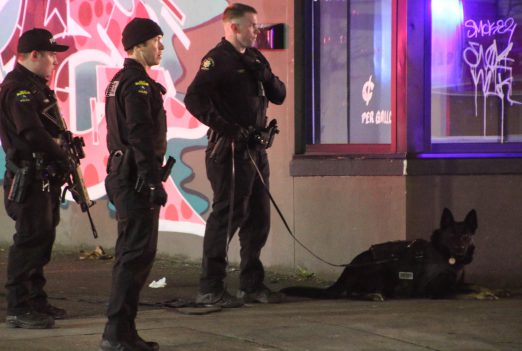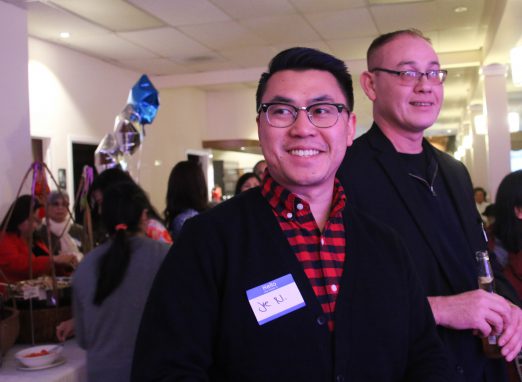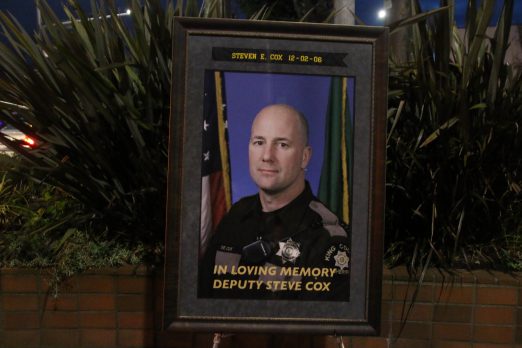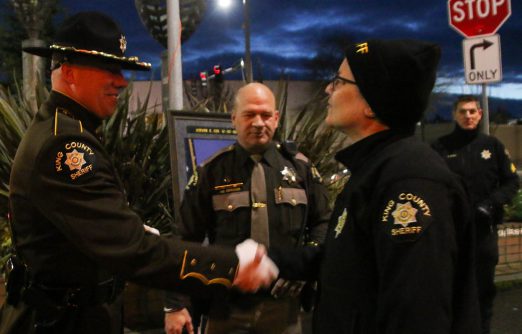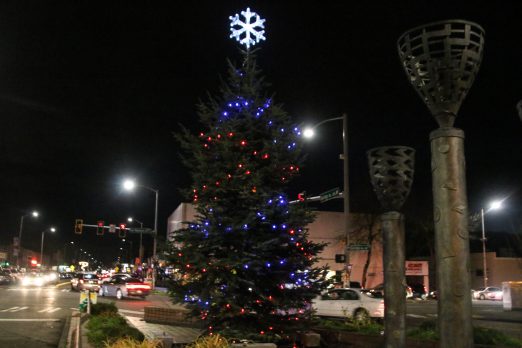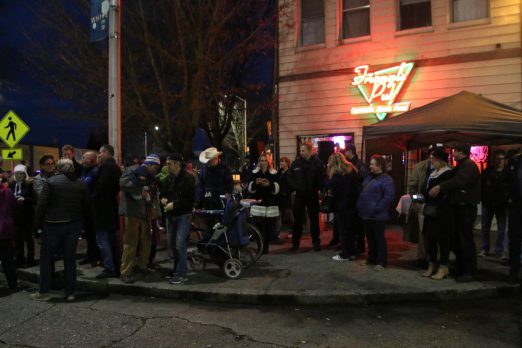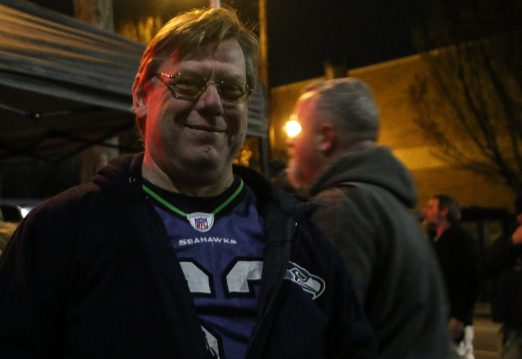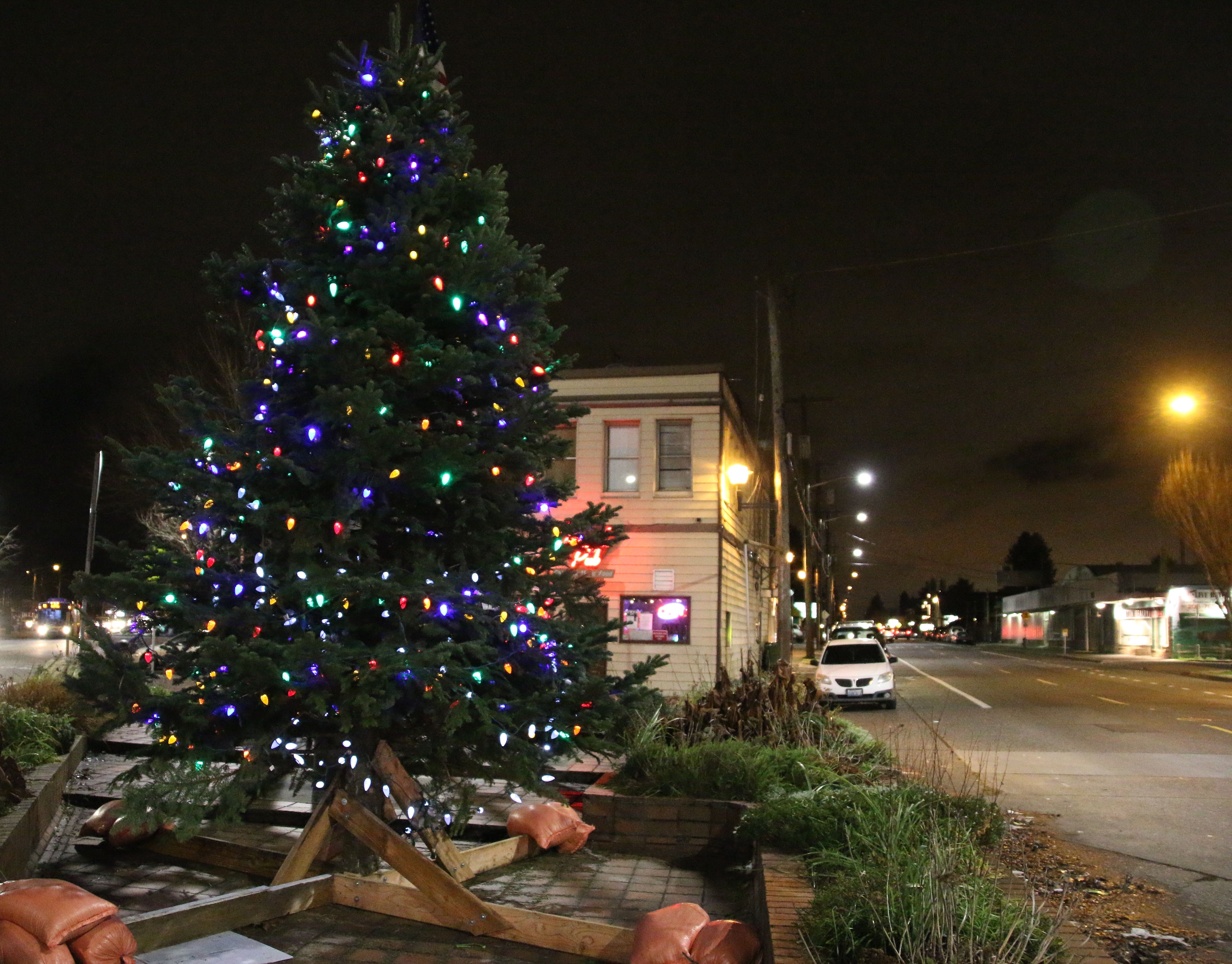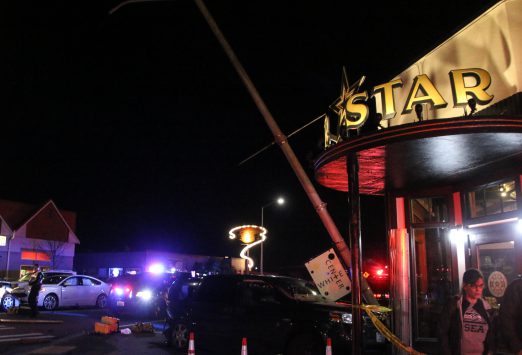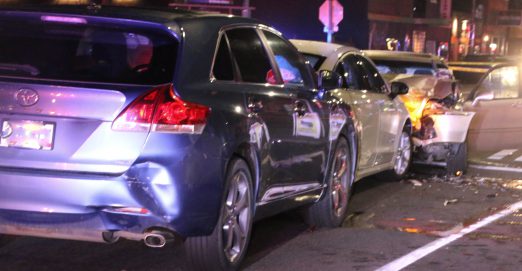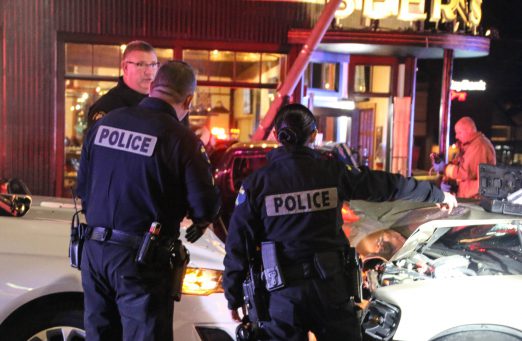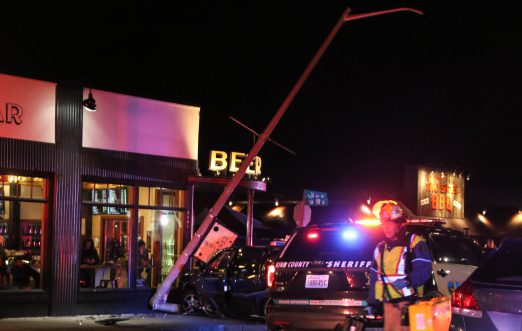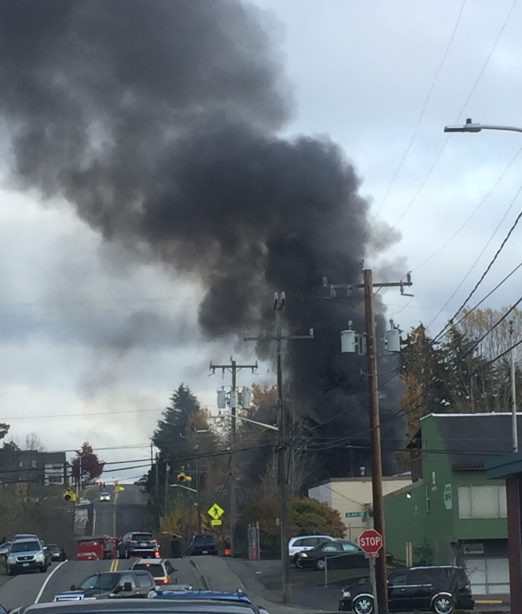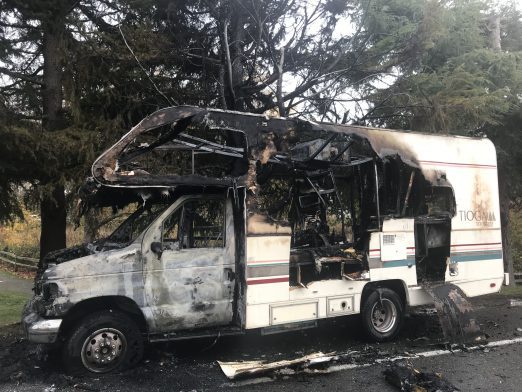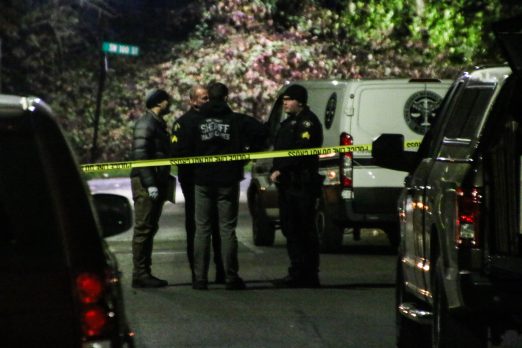By Tracy Record
White Center Now editor
Issues old and new were in the spotlight as December’s North Highline Unincorporated Area Council meeting put a trio of longtime local elected officials in the hot seat(s).
But first – NHUAC got a primer on a vote coming up in February.
WATER DISTRICT MERGER VOTE: Loretta Brittingham was here to talk about the merger that will go up for voter approval February 12th. Though she is a commissioner for Water District 45, which is proposed – in a February 12th vote – to merge with Water District 20, she made it clear she was there with an FYI, not an official presentation. We recorded what she had to say:
As you’ll hear in the discussion, this has been primarily publicized via water-bill inserts and public notices. There’s a bit more information on the District 45 website; here’s a map of the district’s coverage area.
ELECTED OFFICIALS: 34th District State Reps. Eileen Cody and Joe Fitzgibbon opened this segment of the meeting. President Liz Giba asked them first to share a bit of personal background. Fitzgibbon is a West Seattle resident and former Burien resident, and he spoke first. Cody, also a West Seattle resident, followed. We recorded it all:
Cody announced she’s retiring from her work as a nurse on January 9th. The reps answered questions starting with reports that the Legislature might revisit the Growth Management Act. Fitzgibbon said a “very conservative Eastern Washington” legislator is behind one idea to roll back certain parts of it, while another is from an Eastside Democrat who wants to “require minimum density.” Giba also brought up the recently opened development in Top Hat (1st/112th) and conflicting numbers regarding its potential maximum occupancy. Discussion ensued regarding notification requirements and potential ramifications of a higher resident count, such as an increased number of students at nearby schools.
A question from the gallery: What about health insurance? Cody chairs the House Health Care Committee, and noted that affordability “continues to be a big issue” so they’re trying to develop “a public option,” especially to help people with non-poverty “but not Bill Gates” income levels who don’t get tax credits. She also mentioned behavioral-health-care access and Western State’s difficulties. They’re working to find facilities around the state that can help handle some of the patient load. Cody mentioned substance abuse, too – “the opioid crisis is where we’re losing the most lives,” prescription recipients as well as heroin users, but, she said, meth is on the rise again, too.
That segued into a discussion of what your tax dollars are going for. Fitzgibbon noted that property tax bills will go down next year.
County Council Chair Joe McDermott arrived a little over an hour into the meeting. He’s finishing his third year as chair, eight years on the council, after 10 years in the Legislature. He too is a West Seattle resident.
NHUAC board member Barbara Dobkin asked about development regulation, or more like, the lack of it, especially multiple adjacent “small” redevelopments that together would have faced more scrutiny. McDermott, in his reply, noted that neighborhood planning will be happening in North Highline next year. Specifically – the county permitting department will be accountable for a Sub-Area Plan. And he reminded everyone that the new Department of Local Services is about to get going, as a “one-stop resource” to help people “better interact with the county.” That department will include “an economic development staffer that we have not had before” and McDermott says he will encourage that person to make White Center their first stop. McDermott also noted that the Local Services director nominee is up for confirmation shortly. “There are challenges in bringing urban-level services (here) but if we are your local government, we need to do a better job” in meeting those challenges, he said. Will the area’s unincorporated status change? McDermott said he’s not aware of any active conversations. That topic came up a second time, with an attendee asking if the county can get the conversation going (again). McDermott promised to at least ask; he also noted that he’ll be seeing Seattle Mayor Jenny Durkan for a breakfast discussion about the county’s legislative agenda next week.
Other topics included marijuana and the North Highline concentration of stores. McDermott urged attendees to make this concern “very clear in the Sub-Area planning process” that’s coming up. Later, he was asked whether the North Highline planning process will dovetail with the city’s Highland Park-area process; McDermott said he’ll make sure they do, though he hadn’t previously heard of the latter. Tax reform came up too, with Fitzgibbon mentioning that passing a capital-gains tax is a priority for the coming session. “Do you really think (that) has a chance?” asked Giba. Fitzgibbon and Cody said yes.
Before their appearance wrapped up, they were asked what else will be going on. Fitzgibbon mentioned the Metro Route 120-to-RapidRide conversion planning; Cody mentioned several other health-care-related topics. McDermott mentioned that five gun-safety proposals he first brought up last summer have now all been passed: “That has been significant for me and included some significant accomplishments in the budget” to make them reality. He also brought up Evergreen Pool and some new county funding for it to help cover its ongoing operation-funding deficit, plus he had kudos for the nonprofit that’s managed to keep it open for almost a decade, after the county gave up operating it.
State Sen.-elect Joe Nguyen had also RSVP’d for the meeting, Giba said, but did not show up.
Also speaking at Thursday night’s meeting:
WHITE CENTER KIWANIS: Scott Davis began with a primer on Kiwanis – more than a century old – and what it does, including raising money for children’s health. In White Center, the club started as a spinoff from the Kiwanis Club of West Seattle in 2001. The club meets twice a month, first and third Wednesdays. “We’d love to have more members so we can do more things.” They sponsor Key Clubs to help local high school students (at Evergreen and New Start) develop their leadership skills – Key stands for “Kiwanis Educating Youth.” The Baked Potato and Taco Dinner is coming up on January 24th, 6:30 pm at New Start HS (ticket prices TBA); their fundraisers also include a midsummer Pancake Breakfast that coincides with Jubilee Days, and an annual nut sale that’s under way now. They support local charities including the White Center Food Bank and WestSide Baby. They also support local youth cleaning up local parks, and advocacy for drug- and alcohol-free youth campaigns.
REMEMBERING DEPUTY STEVE COX: President Giba took a moment at the start of the meeting to remember Deputy Steve Cox, who was a NHUAC president as well as law enforcer. As noted in our coverage of the tribute at last weekend’s Christmas tree lighting, he was killed in the line of duty 12 years ago.
NEXT NHUAC MEETING: They’re skipping January since it’s so close to New Year’s Day – next meeting February 7, 2019, 7 pm at NH Fire District HQ (1243 SW 112th)
